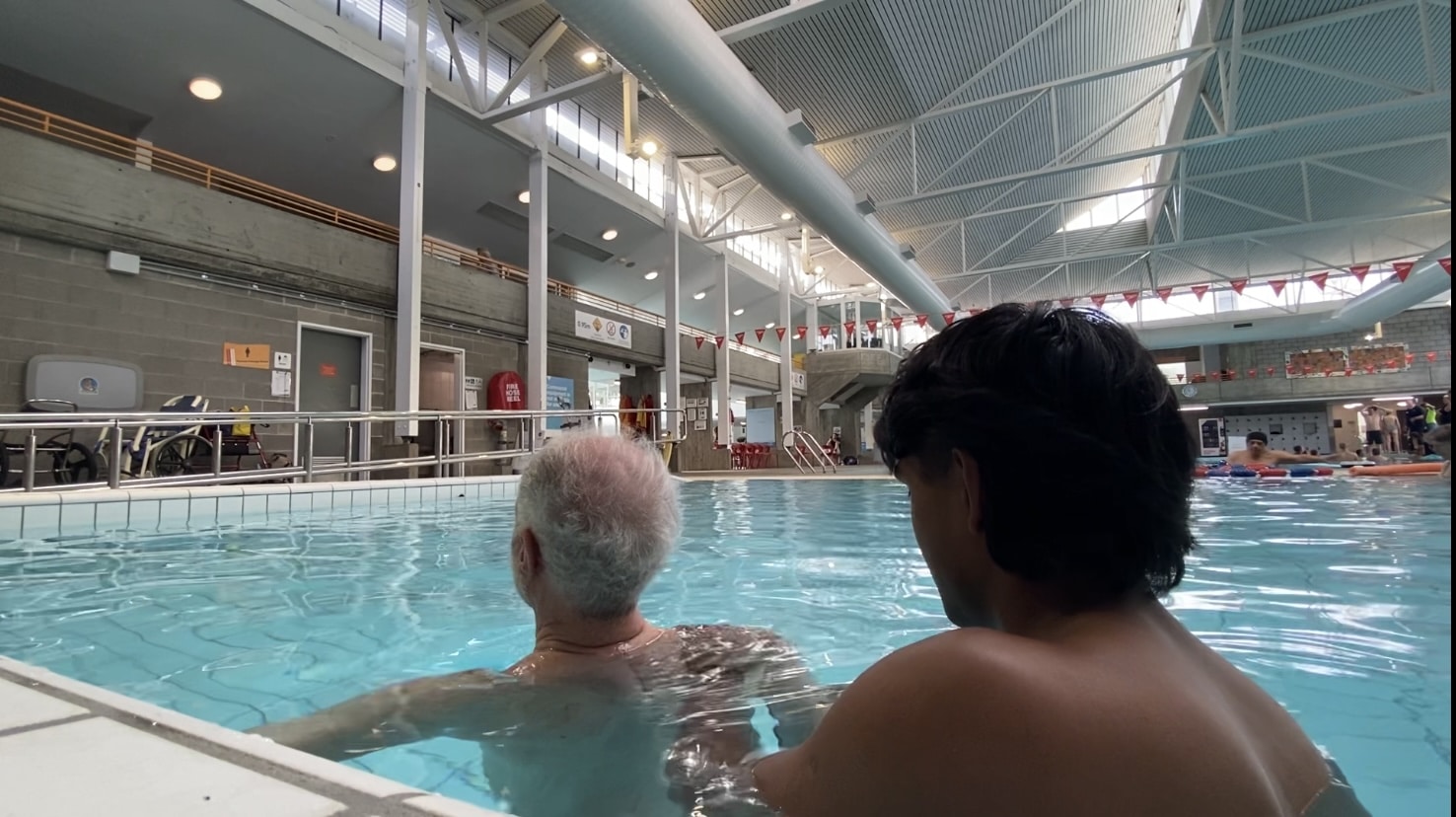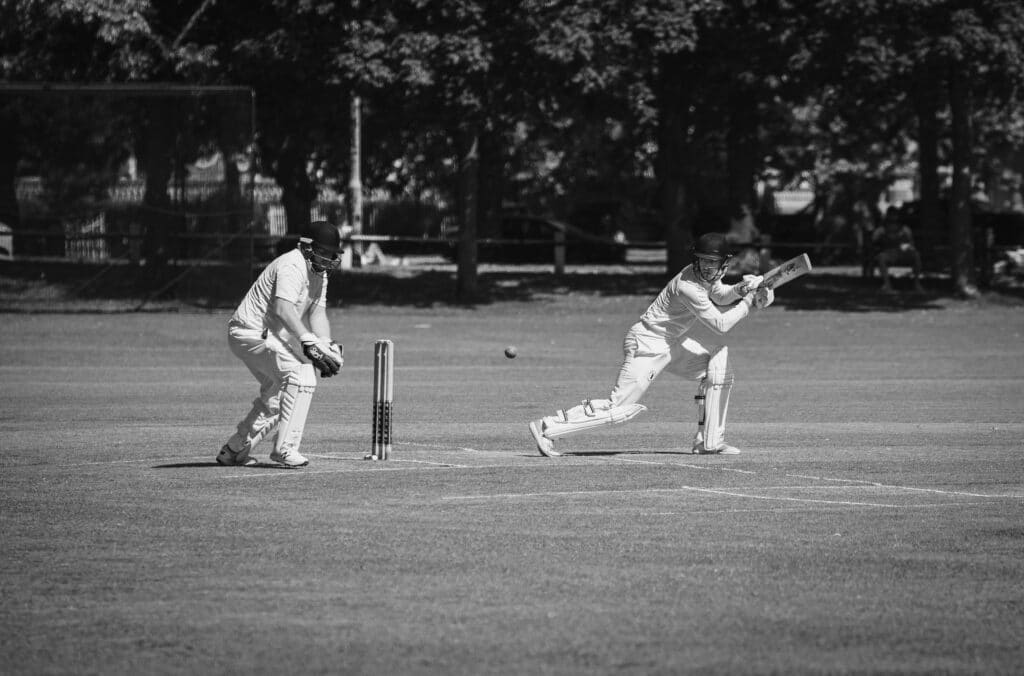What we’ll cover
How Hydrotherapy works: understanding the science behind the therapy
Hydrotherapy and aquatic physiotherapy is a versatile form of exercise which can be used for rehabilitation and general fitness. The science behind hydrotherapy makes it an incredibly versatile and beneficial form of treatment for a number of conditions including osteoarthritis and chronic pain.
The science of hydrotherapy involves the unique benefits of waters including buoyancy, warmth and hydrostatic pressure.
The buoyancy of water assists to support the body and reduce the amount of stress and force going through your joints. In fact, the depth of water dramatically changes the amount of weight going through your body. For example, standing in waist deep water can reduce your body weight and off-load close to 50% of your body weight. As you move deeper into the water, standing in water up to the neck height has been shown to take off up to 90% of your body weight.
This buoyancy means that exercises can be prescribed to build up strength and endurance including exercises that may not be able to be done when land-based. Buoyancy can also be beneficial following surgery when specific restrictions are placed around weight bearing. This includes being able to do a range of exercises in the pool when weight bearing restrictions are limited such as when using crutches or walkers. The buoyancy is also incredibly beneficial as when weakness or pain limit your ability to exercise.
Using equipment such as noodles, floats and kkckboards can be used to assist in gently stretching and improving flexibility. This has been shown with a number of exercises that can be given to promote joint flexibility and stretching for osteoarthritis or after surgery.
Hydrotherapy and aquatic physiotherapy is also performed in warm temperature. Hydrotherapy pool are aimed to be kept between 30 – 35 degrees. The warmth of water has been shown to assist in reducing the sensation of pain and stiffness. Reducing the sensation of pain and stiffness assists to increase the types of exercises that can be done.
Hydrostatic pressure includes the mild compressive properties of water. The constant pressure of water provides a mild compression. This compression improves circulation and can help reduce swelling and promote lymphatic drainage. Compression promotes faster healing and recovery. In fact, the deeper the water, the greater the pressure and compression effect. This is often why hydrotherapy can be beneficial to reduce swelling following surgery in the lower limb including knee, foot and and ankle surgeries.
Our team of physiotherapists at ME Physio provide hydrotherapy and aquatic physiotherapy at the Harold Holt Swim Centre. A tailored and individualised hydrotherapy program will be developed for you after your initial assessment. Learn more about Hydrotherapy for ME or an appointment online.



